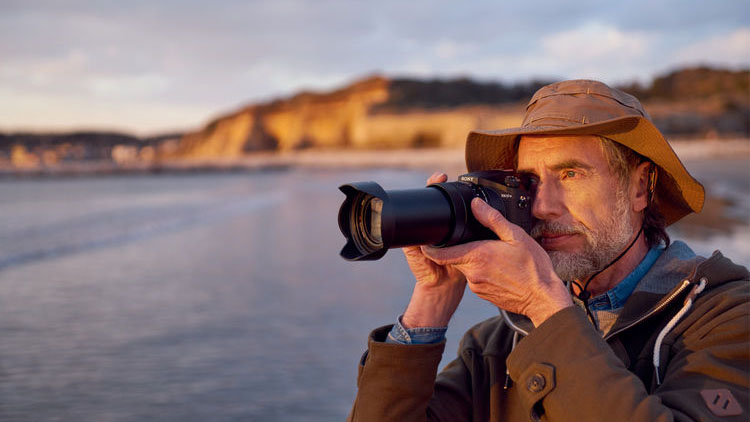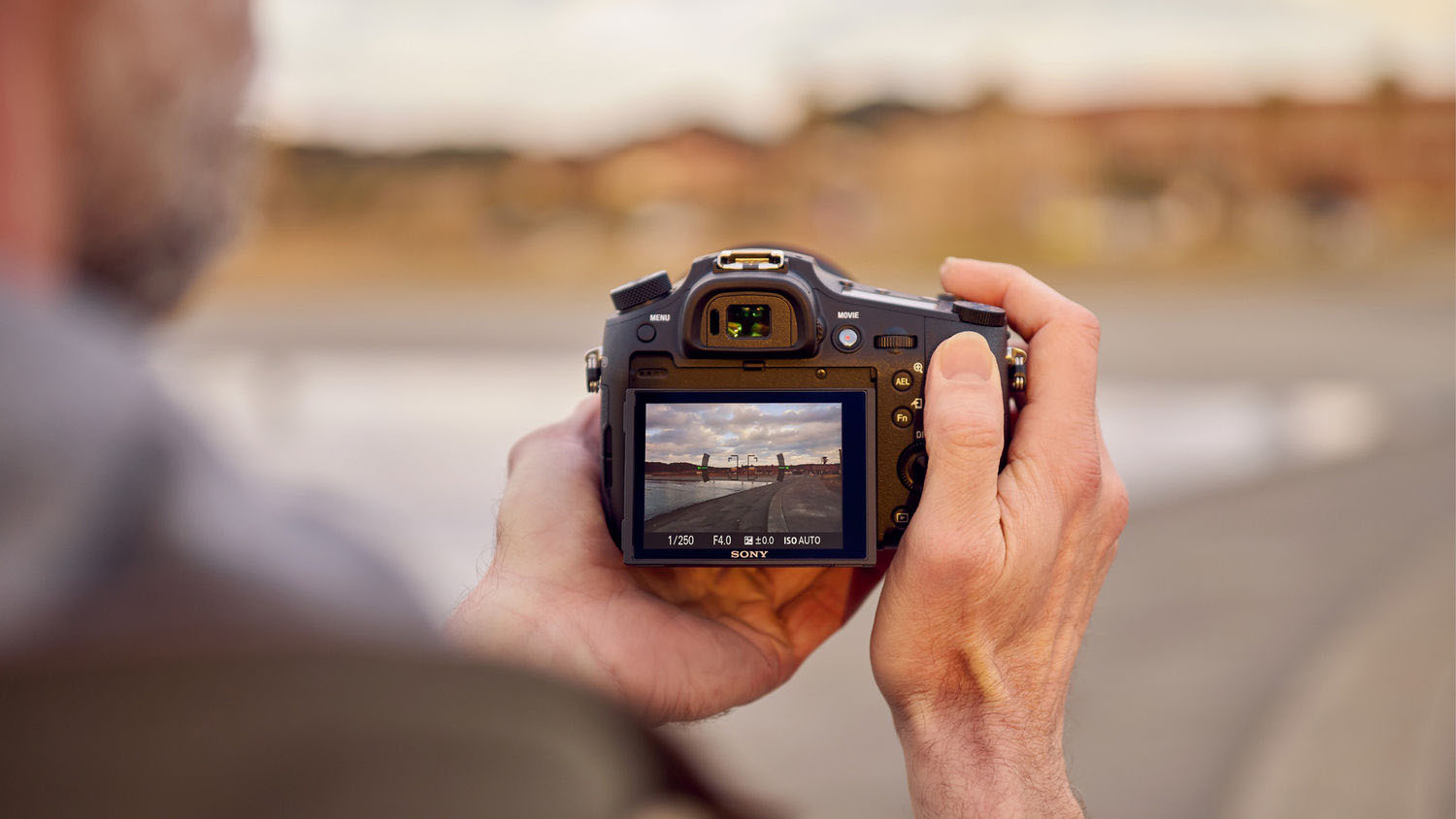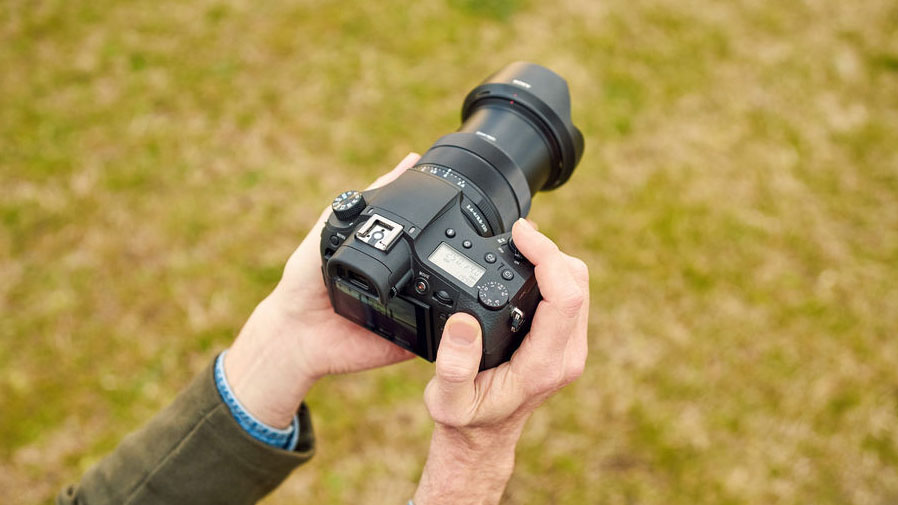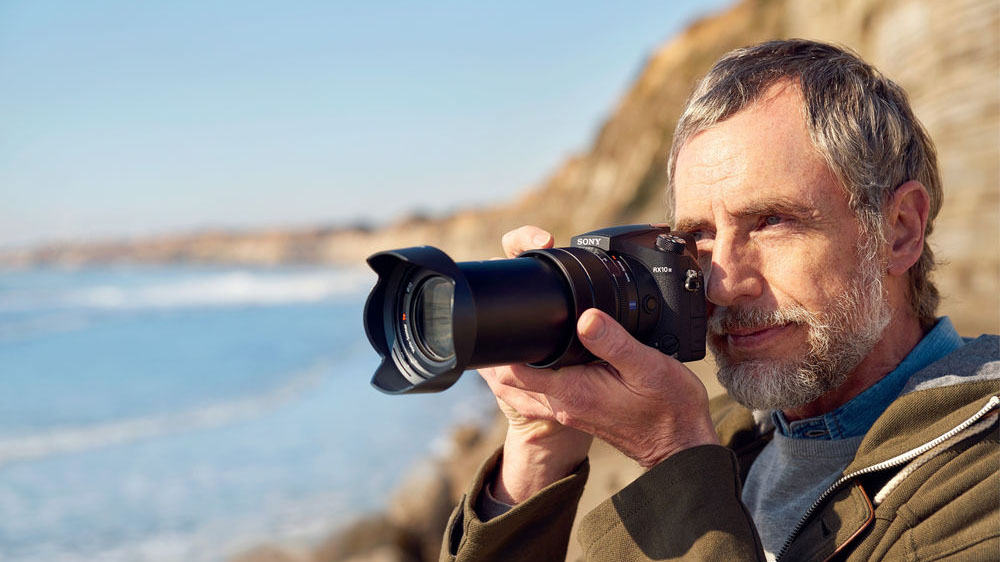TechRadar Verdict
The RX10 III's 24-600mm Zeiss lens, coupled with Sony's excellent 1-inch sensor, deliver class-leading image quality. Its 4K and HD video functionality is also superb. It's a large, relatively heavy and pricey camera though, and is let down by its autofocus performance in some situations.
Pros
- +
Excellent and fast 24-600mm lens
- +
Superb stills and video quality
- +
High quality EVF and tilting LCD screen
- +
Excellent high ISO performance
Cons
- -
Pricey compared to the competition
- -
Poor autofocus at longer focal lengths
- -
Relatively large and heavy
Why you can trust TechRadar
The Sony RX10 III was announced in March this year, less than a year after the RX10 II which, according to Sony, the new camera doesn't replace. The most noticeable difference is the inclusion of a variable aperture (f/2.4-4) mega zoom lens, with a reach of 600mm (25x optical and 100x digital zoom), and with this comes a substantial increase in size and weight.
[Update: The RX10 III has been replaced by the RX10 IV, which brings a host of improvements, most notably the increase to 24fps burst shooting and an improved AF system. The core features - including the design and built-in 24-600mm lens remain the same though.]
Like the RX10 II, the RX10 III is aimed at the serious enthusiast end of the market – photographers looking for ultimate image quality and telephoto reach in a bridge-style package.
Features
- 1.0-inch CMOS sensor, 20.1MP
- 24-600mm f/2.4-4 zoom lens
- 4K video capture
The RX10 III has the same 20.1MP 1-inch stacked Exmor CMOS sensor, and offers the same excellent 4K video functionality, as the RX10 II. In fact most features and functions are identical, and the main talking point is the large and impressive Zeiss 24-600mm lens. Only the Canon Powershot G3 X has the same reach, if we compare other bridge cameras with 1-inch sensors, with the much older Panasonic Lumix FZ1000 only going to 400mm.
Sensor: 20.1MP 1-inch Exmor RS CMOS sensor
Lens: 24-600mm f/2.4-4
Screen: 3.0-inch tilt-angle screen, 1,288,800 dots
Viewfinder: EVF with a 2.36-million-dot resolution
Burst shooting: 14fps
Autofocus: 25-point contrast-detect AF
Video: 4K
Connectivity: Wi-Fi and NFC
Battery life: up to 420 shots
Weight: 1,095g
The variable aperture of f/2.4-4 still makes this a pretty fast lens, certainly compared to the competition, and it boasts hugely impressive minimum focusing distances of 3cm at the wide end and 72cm at the long end.
As with other Sony compact and bridge cameras, a large range of shooting options and photo modes are included, with 3:2, 4:3, 16:9 and 1:1 formats for both raw and JPEG images. Maximum resolution is 5472 x 3648 pixels in its native 3:2 format. Sensitivity ranges from ISO100-12,800, expandable to ISO64-25,600.
Single shot autofocus (AFS), continuous (AFC), direct manual focus (DMF) and full manual focus (MF) are available, with Sony's very effective focus magnification and focus peaking options making the latter easy to use.
The EVF and tilting rear LCD are both high quality; the latter isn't a touchscreen, but unless you're using the camera on a tripod a touchscreen wouldn't be particularly practical given the size and weight of the camera.



There's no getting around the bulk of the Sony RX10 III. It's very well made and comfortable in the hand, but I suspect many more casual users will be deterred by its size (and price) and, if they want such long telephoto reach, may opt instead for the Canon Powershot G3 X or possibly the Panasonic Lumix FZ330/ FZ300, which has a smaller sensor but also offers 4K shooting, and impressed us last year. The Canon suffers from a slower lens and no included EVF by comparison, but the Lumix FZ330/ FZ300 does benefit from a constant f/2.8 aperture, albeit with a much smaller sensor.
However, if you want the ultimate image quality in a bridge camera, it's hard to look beyond the class-leading performance of the RX10 III's Zeiss Vario-Sonnar T* lens, and I'm sure enthusiasts looking for more reach and a highly specified camera will be attracted to this. Whether they'll be prepared to pay the £1,250 ($1,500, AU£2,150) price tag is another matter. That price is likely to fall post-launch, but at the moment it's around double the cost of both the G3 X and the Lumix FZ1000 (the Lumix FZ330/ FZ300 is cheaper again). That said the RX10 III is in a league of its own in some respects, so it's likely to find a market, albeit a niche one.
